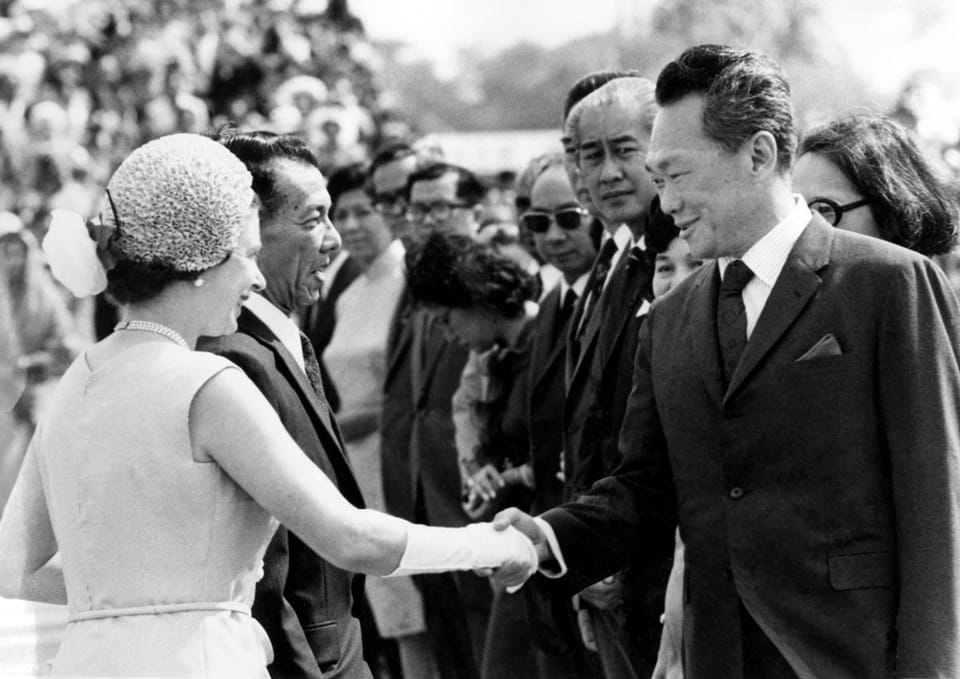Facebook of the 1940s

While World War II was nearing its end, the practise of data gathering to sell products or services directly to the consumer, was already in existence in the US.
Data for sale
Specific data on someone’s lifestyle was gathered in a list according to different interests and was used by private businesses so that they could know who to mail advertisements to – i.e potential clients and not just to everyone with a postal address.
As in the case above, these list would contain specifics such as the valuation of your house and how much you give for charity. People buying insurance at low rates would not be sent direct mail with advertisements for high-end products. The lists were so specific that they included data on people who buy fountain pens or even one for left-handed golf players.
Political data gathering
In the 1960’s, the publishers of these lists realised that they could sell much more than just appliances and food – they could sell political candidates through direct mail.
So political consultants started renting out member lists from organisations such as newspapers and boat owners associations, and in turn these were used by political campaigns to reach potential voters.
Campaigns also made use of A/B testing by mailing out different versions of the same message asking for a donation, in order for them to gauge the response to each version and adapt accordingly.
Today
The same ad for the campaign of Keir Starmer was targeted to different demographics:

All this is very similar to what users on Facebook and other social media have been doing over the past few years to sell items online or for political purposes.
While direct mail is still in use today, data gathering is, of course, much more efficient and scalable, than that of the 1940’s or the 1960’s. At the same time, the core idea of targeting a group of people that is technically more open to your message has stayed the same.
Today, political parties, especially minor ones who lack financial resources, can gather their own data for free using tools such as Facebook Pages, to get a better understanding of who is connecting with them.
Online platforms have made it possible for campaigns to maximise their budget and reach an even bigger audience with tens of euros, than they would with a roadside billboard campaign worth thousands of euros.
In the example above, the campaign of Keir Starmer for leader of the UK Labour Party used the same exact ad on Facebook, but it was targeted to different demographics. In turn, this helped them gauge who better responds to said ad, similar to what political consultants had done with direct mail, 60 years before.
The information and the first photo were taken from The Saturday Evening Post.



